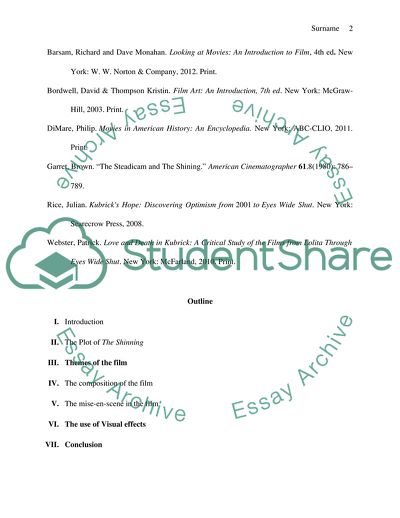Cite this document
(Analysis of Stanley Kubricks 1980 Film: The Shining Coursework, n.d.)
Analysis of Stanley Kubricks 1980 Film: The Shining Coursework. https://studentshare.org/visual-arts-film-studies/1815956-you-can-decide-whatever-you-want-for-this-essay
Analysis of Stanley Kubricks 1980 Film: The Shining Coursework. https://studentshare.org/visual-arts-film-studies/1815956-you-can-decide-whatever-you-want-for-this-essay
(Analysis of Stanley Kubricks 1980 Film: The Shining Coursework)
Analysis of Stanley Kubricks 1980 Film: The Shining Coursework. https://studentshare.org/visual-arts-film-studies/1815956-you-can-decide-whatever-you-want-for-this-essay.
Analysis of Stanley Kubricks 1980 Film: The Shining Coursework. https://studentshare.org/visual-arts-film-studies/1815956-you-can-decide-whatever-you-want-for-this-essay.
“Analysis of Stanley Kubricks 1980 Film: The Shining Coursework”. https://studentshare.org/visual-arts-film-studies/1815956-you-can-decide-whatever-you-want-for-this-essay.


